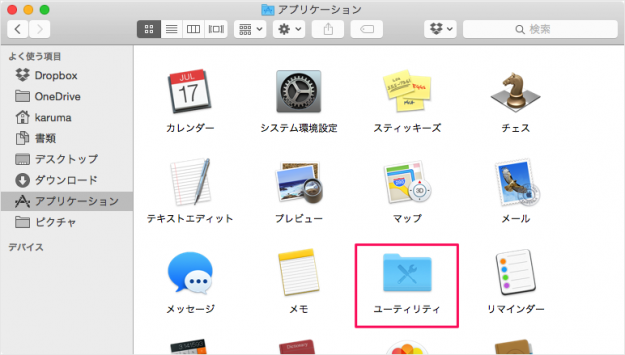Memorandum: How to build ClamAV® - antivirus scanning engine on Mac OS X 10.4 through macOS 10.13, Compile ClamAV on Mac OS X 10.4, Mac OS X 10.5, Mac OS X 10.6, Mac OS X 10.7, OS X 10.8, OS X 10.9, OS X 10.10, OS X 10.11, macOS 10.12, macOS 10.13, macOS 10.14, macOs 10.15, macOs 11.0, Running clamd and freshclam as 'launch daemon', Running RunFreshclam as 'launch daemon', Running ClamXav. Similar Software for Mac. Install Sophos Anti-Virus Home Edition on Mac OSX; Install WireOver on Mac OSX; Install Pd on Mac OSX; Install CLion on Mac OSX; Install xctool on Mac OSX; Install tmpwatch on Mac OSX; Install timelimit on Mac OSX; Install udptunnel on Mac OSX; Install zpython on Mac OSX; Install unyaffs on Mac OSX.
There are a number of solutions on the market for scanning a Mac for files that have become infected with a virus or macro-virus. Many of these have a negative return on investment. So customers can instead go the open source route to scan files and quarantine them. And customers can use Jamf Pro to enable doing so. This page is meant to provide a quick and dirty guide to doing so, along with how this might be packaged and potentially tracked with Jamf Pro. First, we’ll install and configure a free tool called clamav.There are a number of ways to install clam. For this example, just to get it done quickly, we’ll use homebrew which is simply brew with the install verb and clamav as the recipe to be brewed:This is going to place your configuration files in /usr/local/etc/clamav and these cannot be used as those supplied by default are simply sample configurations. Because the .sample files have a line that indicates they are an “Example” they cannot be used. So we’ll copy the sample configuration files for freshclam.conf and clamd.conf (the demonized version) and then remove the Example line using the following two lines:Homebrew complements macOS (or your Linux system). Install your RubyGems with gem and their dependencies with brew. “To install, drag this icon” no more. Homebrew Cask installs macOS apps, fonts and plugins and other non-open source software. Red Green Repeat Adventures of a Spec Driven Junkie Setting up ClamAV on macOS 09 Aug 2019. My preferred anti-virus system is ClamAV and I had trouble getting it running on macOS recently.
cp/usr/local/etc/clamav/freshclam.conf.sample /usr/local/etc/clamav/freshclam.conf; sed-ie 's/^Example/#Example/g'/usr/local/etc/clamav/freshclam.confcp/usr/local/etc/clamav/clamd.conf.sample /usr/local/etc/clamav/clamd.conf; sed-ie 's/^Example/#Example/g'/usr/local/etc/clamav/clamd.confsudomkdir/Users/Shared/QuarantineClamav Mac Download
sudoclamscan -r — scan-pdf=yes-l /Users/Shared/Quarantine/Quarantine.txt — move=/Users/Shared/Quarantine//result = `cat/Users/Shared/Quarantine/Quarantine.txt`#Echo Quarantine into EAHow Good Is Clamav
echo'<result>$result</result>'Installing
ClamAV can be found for Ubuntu in the apt repository. Run this command to install ClamAV:
apt-get install clamav
If you need clamd, you may also want to run:

apt-get install clamav-daemon
If you require support for scanning compressed RAR files you first need to enable the non-free archive, and then you can install the RAR-plugin using:
apt-get install libclamunrar6
There are two classes of clamav packages available for Ubuntu users:
Released Set
The released set (release, *-updates, and *-security) are patched for security updates. Following extensive testing of clamav and the packages that use it in the backports repository, they may be updated to a newer version. These are official Ubuntu packages and supported by community developers.
Backports

The Ubuntu backports repository will contain the newest clamav version that has been at least lightly tested to work with that version. These packages can be installed by enabling the backports repository on your system.
Ubuntu packages are maintained by Ubuntu MOTU Developers.